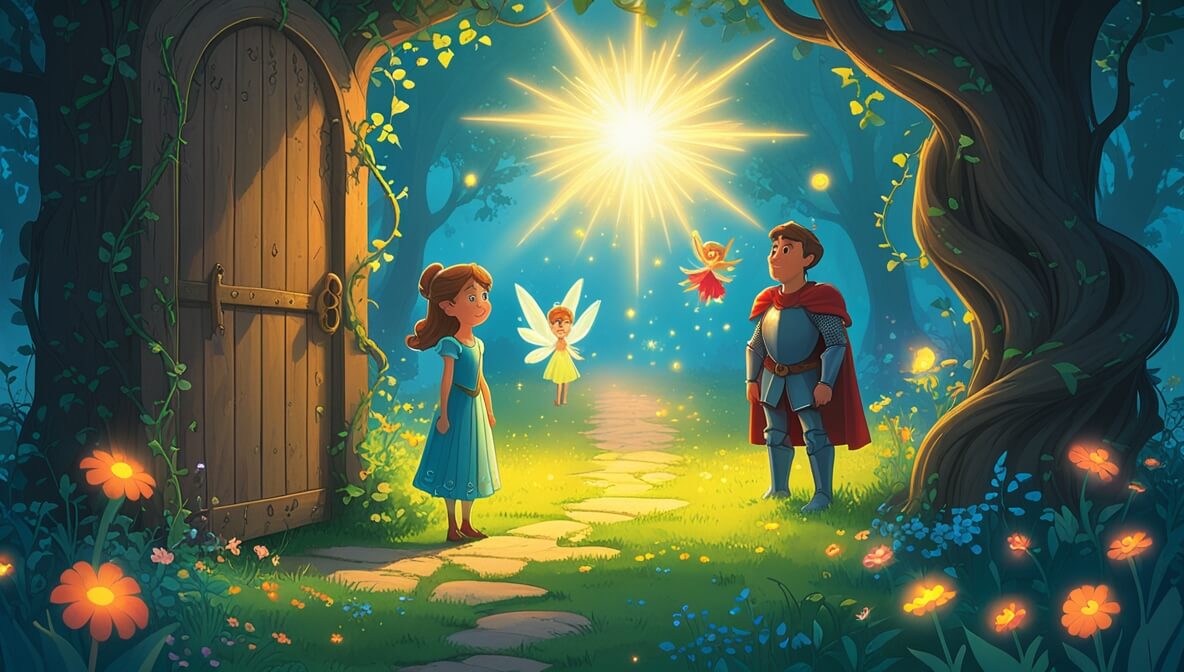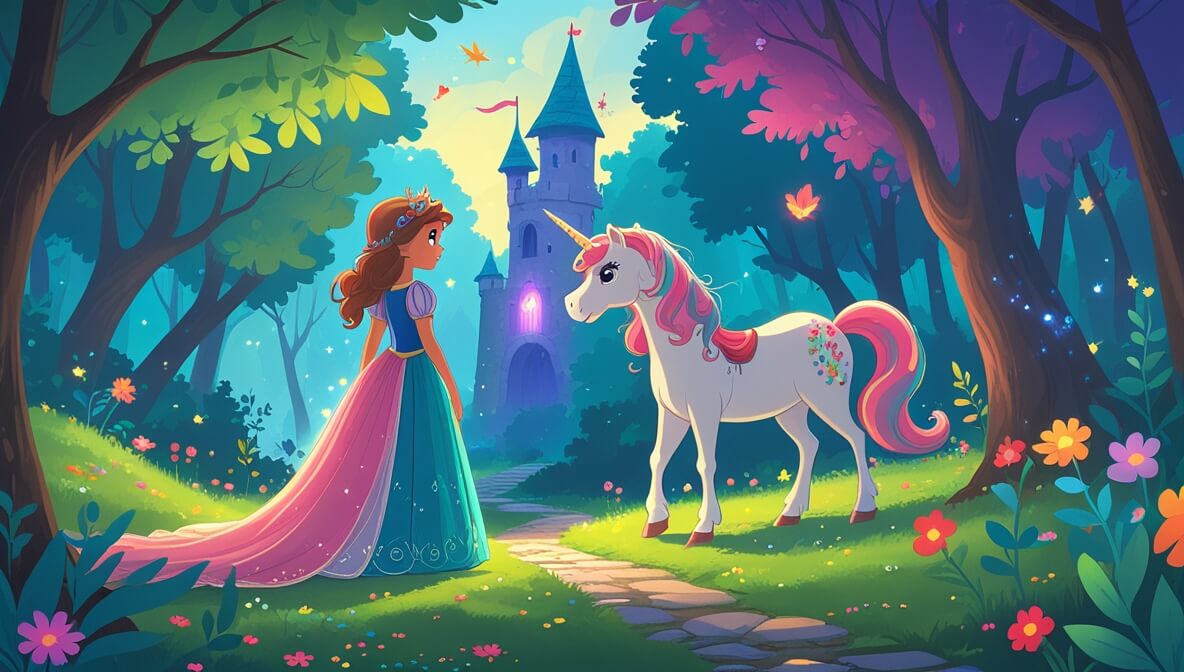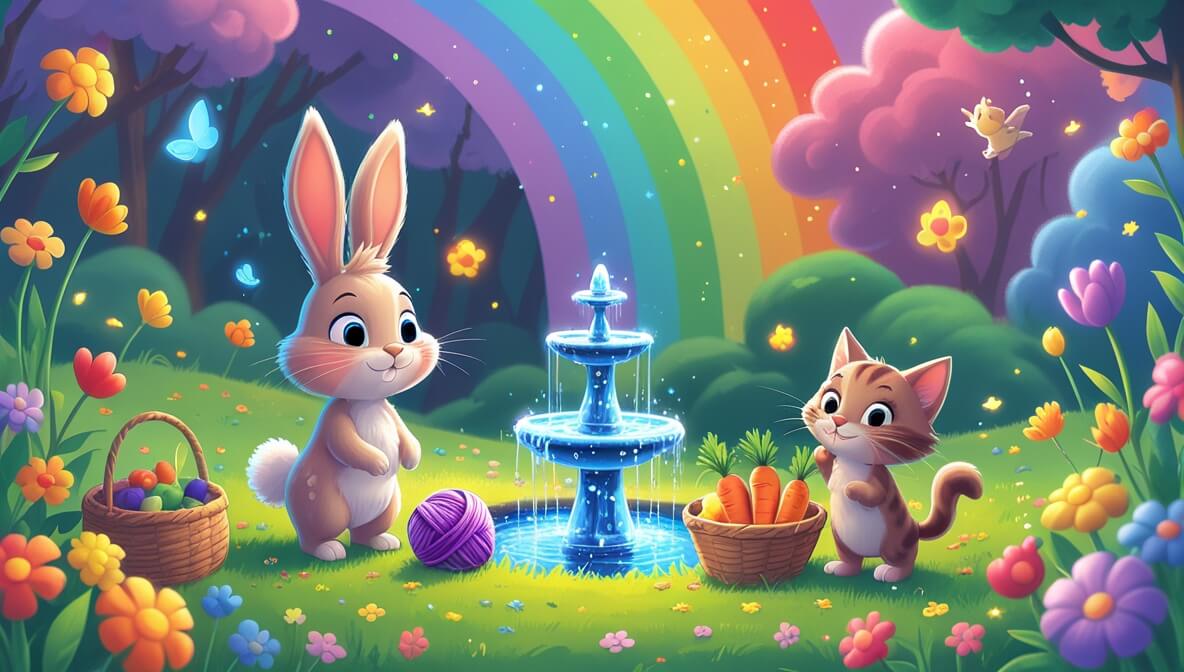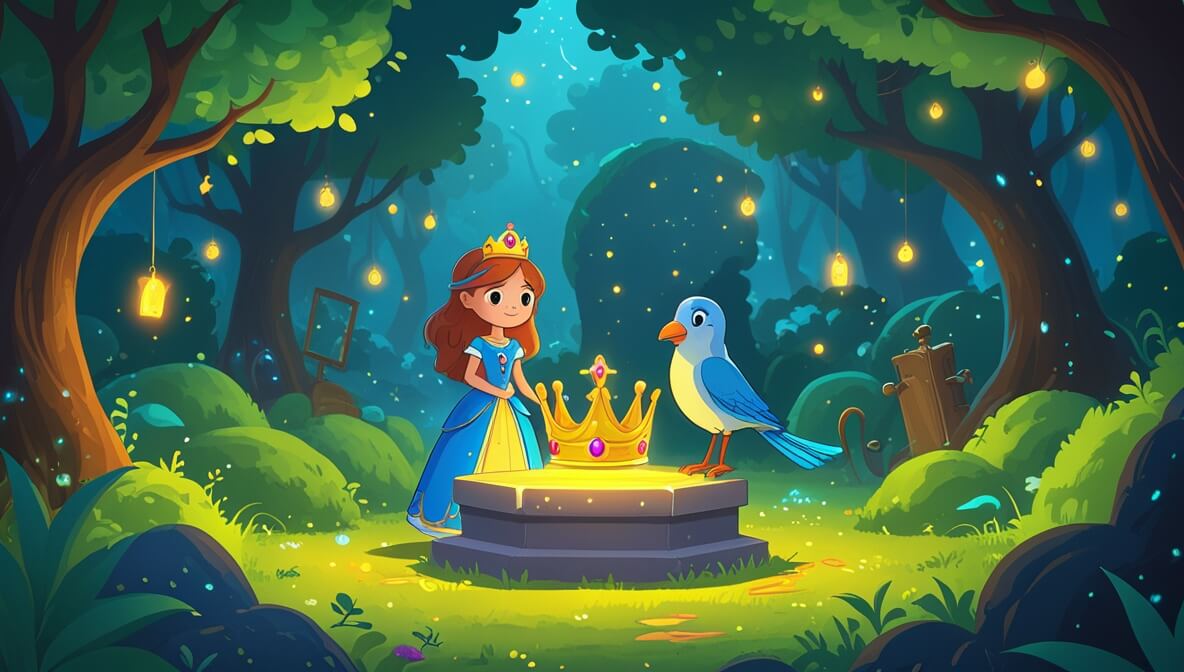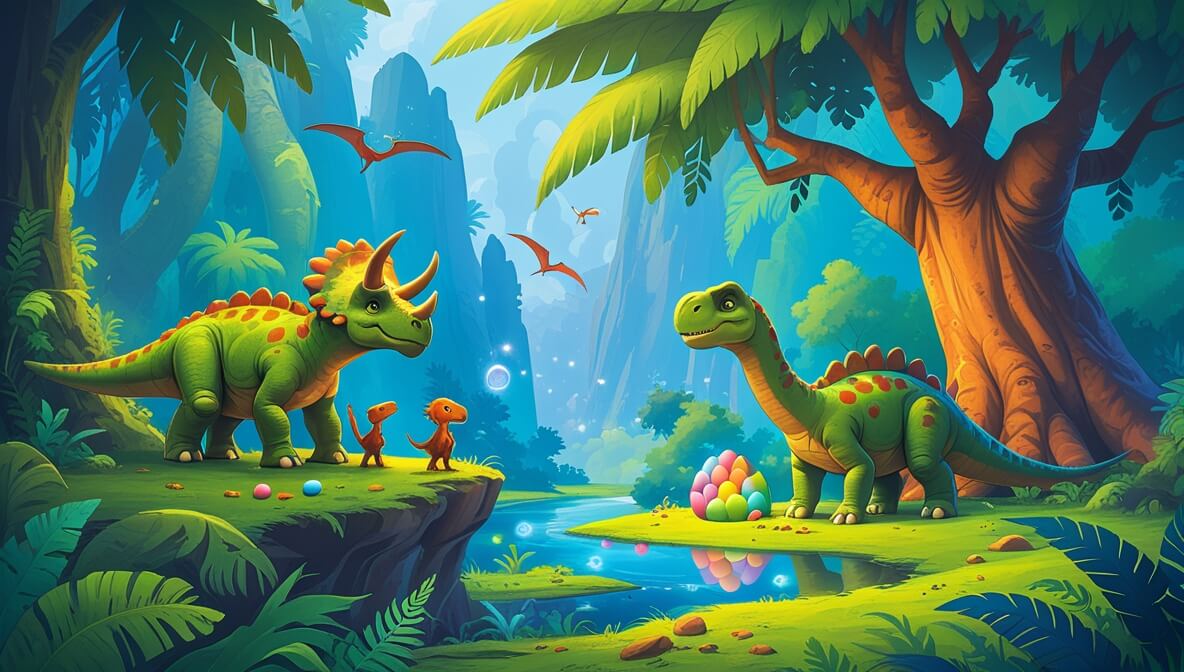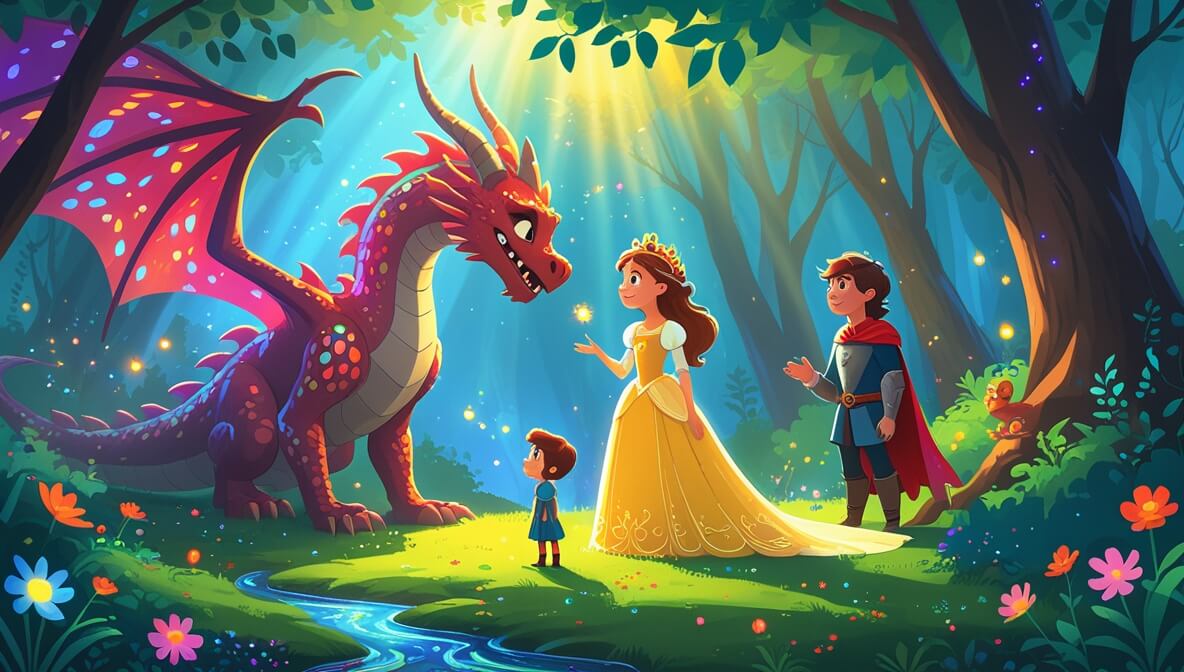An old treasure map leads a brave young pirate captain and his loyal crew on a thrilling adventure across the seas to find a legendary hidden lagoon. Along the way, they face stormy weather, mysterious caves, and a secretive rival crew determined to get the treasure first.
Age Recommendation
3 – 12 years
Characters
Characters:
- Captain Rufus (a young and adventurous pirate captain known for his bravery and intelligence)
- First Mate Mira (Rufus’s loyal and clever second-in-command)
- Old Seamus (the wise old sailor who knows many sea legends)
- Crew of the Black Gull (loyal pirates who follow Captain Rufus)
- Captain Thorn (the cunning leader of the rival crew)
Story
Captain Rufus held the ancient map in his hands, its edges worn and its lines faint from age. “This, my friends, is no ordinary map,” he declared to his crew aboard the Black Gull. “It leads to the legendary Hidden Lagoon, where the greatest treasure of the seas is said to be buried.” His eyes sparkled with excitement, igniting a fire of adventure in the hearts of his crew.
The Treasure Map’s Secret
As the ship sailed under the warm sun, Old Seamus, the most experienced sailor, told tales of the treasure’s origins. “They say it was hidden by a pirate king who wanted to protect it from those unworthy,” he recounted, his voice a mysterious whisper that carried over the waves. First Mate Mira studied the map, her mind racing with possibilities. “We’ll need to pass through the Stormy Isles to reach it,” she pointed out, a tinge of worry in her voice.
Facing the Stormy Isles
Dark clouds gathered as the Black Gull reached the Stormy Isles. The sea roared, and the ship rocked fiercely. “Hold steady, crew!” shouted Captain Rufus, his voice strong and unwavering. They battled the storm through the night, lightning flashing across the sky and waves crashing over the deck. With teamwork and courage, they navigated through safely, emerging into calm waters by dawn.
A Mysterious Cave on the Island
The map led them to a small island, where a mysterious cave lay hidden among the rocks. Captain Rufus and Mira led the way inside, their torches casting flickering shadows on the damp cave walls. As they explored, they discovered ancient carvings that seemed to tell the story of the pirate king who had hidden his treasure here.
The Rival Crew’s Challenge
But they were not alone. Captain Thorn and his rival crew had followed them, determined to claim the treasure for themselves. “We can’t let them get to it first,” Rufus whispered to Mira. A chase ensued through the winding tunnels of the cave, both crews trying to outsmart each other at every turn.
The Hidden Lagoon Revealed
Finally, they emerged into a hidden lagoon, its waters sparkling under the sunlight. In the center, a chest lay half-buried in the sand. Captain Rufus smiled with triumph, but he knew they had to act quickly. As Thorn’s crew approached, Rufus proposed a deal. “Let’s split the treasure. We both showed bravery and skill to get here,” he suggested. Thorn, though reluctant, agreed, recognizing the sense in Rufus’s words.
With the treasure shared, both crews returned to their ships. Captain Rufus and his crew set sail with smiles on their faces, richer not just in gold, but in friendship and wisdom. As the Black Gull disappeared over the horizon, Old Seamus began another tale, and the promise of new adventures lingered in the salty air.
The end.
Moral of the Story
This story teaches us that true treasure is not just gold and jewels, but also the friendships we make and the wisdom we gain through our adventures. It shows that teamwork and fair play can lead to greater rewards than greed and rivalry.
Questions to Think About
- Why is teamwork important in the story?
- What makes Captain Rufus a good leader?
- How did the crew show bravery during the storm?
- Why did Captain Rufus choose to share the treasure with Captain Thorn?
- What do you think the crew might do with their share of the treasure?
Do You Know
- Some pirate maps were known as “treasure maps” because they marked locations of hidden treasure.
- The term “Black Gull” could be inspired by seagulls, which are often seen around ships and coasts.
Word Explorer
- Lagoon: A shallow body of water separated from a larger sea by sandbars or coral reefs.
- Bravery: Courageous behavior or character.
- Crew: A group of people who work on and sail a ship.
Emotions in the Story
- Excitement: When Captain Rufus reveals the map and speaks of the treasure hunt.
- Fear: As the storm hits and the ship battles through the fierce sea.
- Relief: When the crews agree to share the treasure and the rivalry ends.
Color Your Scene
Imagine the hidden lagoon with its sparkling blue waters and the sun shining down on the sandy shores. Draw the scene where the treasure chest is found, with Captain Rufus and Mira standing proudly, surrounded by palm trees and colorful birds.
Parents’ Corner
This story can help parents discuss with their children the importance of collaboration and sharing. Captain Rufus’s decision to share the treasure highlights the value of compromise and finding peaceful solutions. Encouraging children to see the benefits of working together and sharing can help them develop strong social skills and empathy. Additionally, the story’s adventure can inspire conversations about courage and facing challenges, reassuring children that bravery often involves teamwork and a fair approach to problem-solving.






